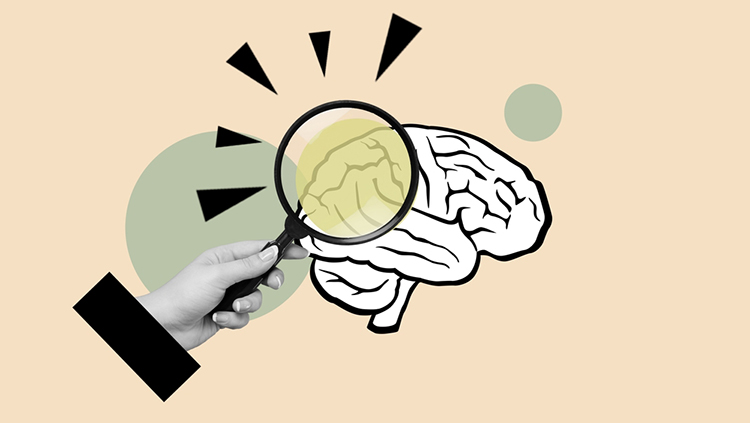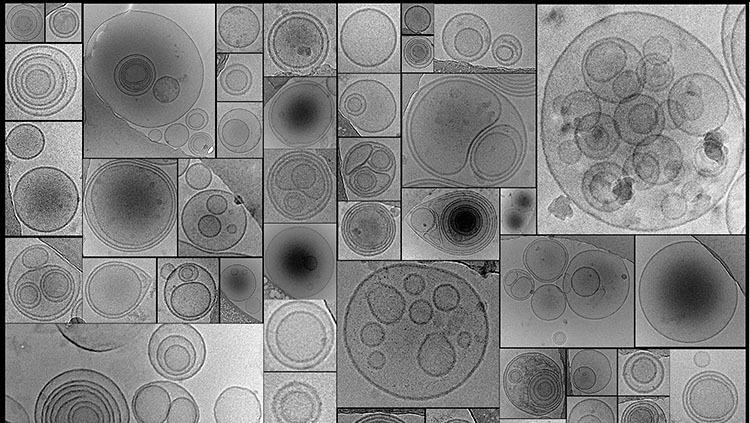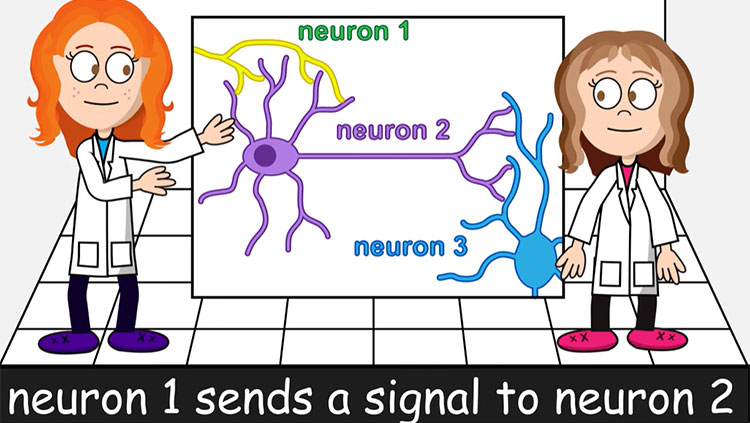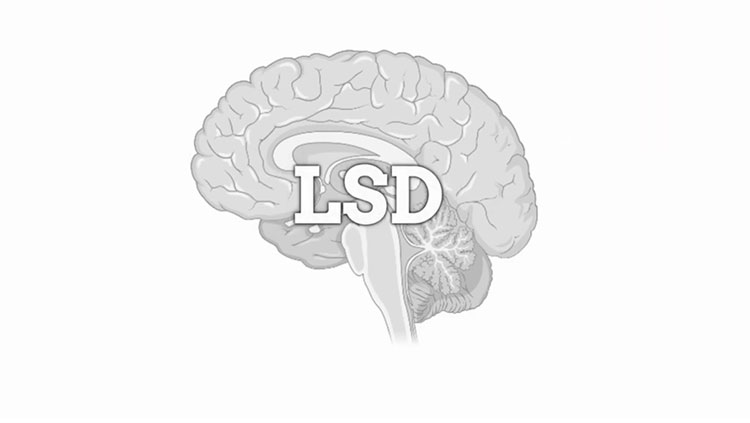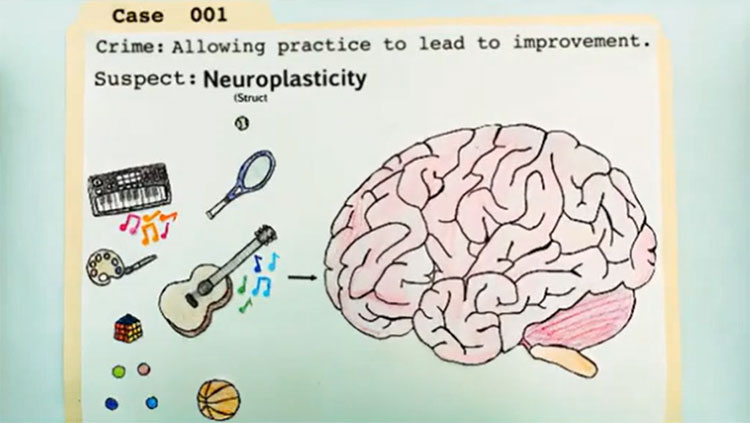As a Neuroscientist I want to understand how the brain works. A frequent exercise is to imagine building a robot with a perfect set of features, then manipulating specific features to figure out its abilities and limitations1. I did this recently in an attempt to understand the function of episodic memory, and wrote a blog post on it.
This post will have two parts: first, I'll try to explain the process of "designing a robot" and why its useful. Next, I'll describe applying the "imaginary robot" technique to explore the role of episodic memory.
Background. A robot is more than a computer1; a robot has two-way interaction with the world, via sensation and action. The three components of the robot act in concert; nonetheless, they can be analyzed and dissected as sparate components. Further, within each component are sub-components.
- Sensing the world. The robot needs sensory input, equivalent to human senses. It need not have a full array of senses, but it must be able to determine what is "out there", outside of itself. Sensory information must include relation of "self" (parts of the robot) to the outside world; this "egocentric" information is necessary to guide action. (Certain functions may need sensors of the robot's internal state.)
- Acting on the world. The robot needs to be able to influence the world. For example, a robot can have an arm that can move or pick up objects. Philosophers term this ability to influence the world "agency". An additional, but probably not essential component, is locomotion, the ability to relocate itself in space while keeping track of its location relative to the world.
- Computation. The robot needs to be able to think. It must perform mathematical and logical operations. Learning and memory are port of computation. Critically, the robot must be able to perform these operations in its sensory input and motor output to create ever-more-realistic models of the world and its-relations to the world.
- Interaction. Although the three components can be analyzed separately, they virtually never operate in isolation. Arguably, functions require all the components: All functions involve computation; for a function to have value, it must result in action; functions must sense the world to know how to act on it. Nevertheless, components can be analyzed piecemeal.
Each of these components is highly complex and has many subcomponents. With our imaginary robot, however, its possible to imagine that every component components work perfectly. With this assumption, we can assess the role of parts of the system. We can then ask what the robot can and cannot do as we imagine manipulations of the component of interest.
These imaginary experiments are far from perfect, but they are a start. It's easy to overlook essential parts of the a particular task. The true test, and a much more difficult one, is to build a robot to test function. Nonetheless, the imaginary robot exercise is a good first step.
Memory is the storage of information. Humans have two distinct memory systems, that are processed in two brain regions. Procedural memory stores information about the ability to perform a task. For example the motor ability to ride a bike is stored as information in motor areas of the brain, principally the basal ganglia and motor cortex.
1 Some may argue that a computer can substitute for the robot. This is only the case if a human operator takes over the tasks of sensing the world and acting on the world.
CONTENT PROVIDED BY
BrainFacts/SfN
Also In Cells & Circuits
Trending
Popular articles on BrainFacts.org



